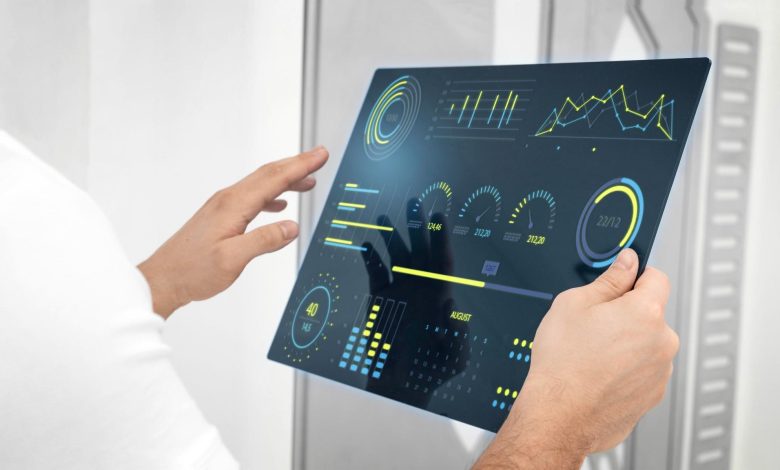
From factories to finance, humans have embedded AI in in daily operations. Its impact, however, hinges entirely on the quality of the data used to train it. To fill gaps where real-world data is limited, synthetic data, which consists of artificially generated datasets, offers speed and scale. But in complex and high-stakes environments, synthetic data alone isn’t reliable.
As AI systems take on increasingly critical roles, the consequences of using inaccurate or incomplete data to train them become more severe. Because these technologies now are expected to learn, adapt, and make decisions without human oversight, even minor errors, if left unchecked, can cascade into major failures.
In high-stakes environments, AI must be trained on real-world data that meets rigorous standards for accuracy, relevance, and completeness to ensure it performs safely, reliably, and as intended.
Confronting real world complexity
The fundamental issue is that synthetic data reflects what we already know or expect. It has been built for the controlled creation of specific scenarios that may be difficult to encounter otherwise. While this has its uses, it means that synthetic data fails to train systems to adapt to real-world scenarios where unexpected changes in human behaviour, shifts in demand, or unforeseen disruptions are inevitable.
As synthetic data spreads across the AI development pipeline, scaling validation remains a major bottleneck. It leads to what many hail as ‘AI slop’: low-quality, generic, filler or junk content infiltrating systems across society. What’s more, if the original models or assumptions contain bias, the system can sustain and amplify them, allowing the problem to persist across all outputs.
Synthetic data also lacks the tactile, kinetic, or sensory feedback that human operators rely on. Whether it is a technician adjusting for vibration or a field engineer responding to weather-induced anomalies, these subtleties are difficult to simulate but critical to performance
While AI becomes more embedded in critical operations, its ability to adapt to unpredictable, real-world conditions becomes a defining factor. This means training systems to be able to pivot based on changes in human behaviour, shifting demands, and unforeseen disruptions. Without diverse, real-world inputs, AI risks becoming an echo chamber instead of a tool for discovery.
Real data drives trust
On the flip side, data gathered from sensors, machines, and field operations provides a stronger foundation. It captures anomalies, fluctuations, and shifting patterns in real time. Spatial intelligence then builds on this by transforming environmental data into insights, advances this further by creating digital twins that mirror actual conditions rather than imagined ones.
When AI is grounded in real-world data, it builds models such as digital twins that adapt in real time and uncover insights beyond what we can predict. In high-pressure environments, this grounding is essential. Without it, we risk creating tools that perform well in simulations but falter in the complexity of real-world deployment.
Technology leaders have already begun applying this approach by training AI systems on real-world data to enable instant adaptation and context-aware responses. The most impactful strategies involve deploying instruments at the edge rather than relying solely on synthetic, cloud-based training, a shift that enables rapid decision-making at the point of need. For instance, in construction, AI trained on real-time site data, like equipment strain, can flag risks such as overheating machinery or unsafe vibration levels. These insights reflect actual conditions and can trigger immediate safety actions, enabling faster, more reliable decisions than synthetic models can offer.
Why the difference matters
This distinction between real world data and synthetic is critical. The way synthetic data is created, what’s included, what’s left out, and how real-world conditions are simulated, shapes how AI systems learn and behave. These design choices can be undocumented, so users don’t always know what the AI was trained to prioritise or ignore. If the data simplifies human behaviour or misses rare but important events, the model may seem accurate in testing but fail beyond that.
Lack of traceability poses serious risks in industries like construction, transportation, and energy, where outcomes directly impact safety, compliance, and public trust. Verifying the origin and integrity of data is essential. Without it, accountability is weakened, and embedded errors or biases may go unnoticed.
Real-world data, by contrast, offers measurable and verifiable trails that enable organisations to demonstrate due diligence, meet regulatory standards, and uphold confidence in AI-driven decisions.
The future belongs to real data
Synthetic data will continue to play a role, especially when data is limited, information is sensitive, such as in healthcare records, or when extreme scenarios, such as natural disasters, cyberattacks, or large-scale equipment failures, must be tested. But it should only support rather than replace real-world inputs.
The most resilient AI systems prove themselves in live environments. They adapt in real time, evolve with context, and earn trust through performance. These are the systems that scale and endure. The challenge ahead isn’t to simulate intelligence, it’s to embed it more deeply in the reality it’s meant to serve.

